August 28, 2025 • 13 min read
Personalized Customer Experience (CX): Strategies, Examples & How It Drives Growth

Content Writer
August 28, 2025

Personalized customer experience has become the competitive advantage driving customer loyalty, revenue, and market leadership. Companies that grow faster drive 40 percent more of their revenue from personalization than their slower-growing counterparts[*], while companies investing in hyper-personalized and unified customer experience (CX) strategies achieve up to 25% revenue growth and 50% lower customer acquisition costs.[*]
Companies slow to adopt personalization risk losing customers to competitors who understand that relevance drives revenue more than any other factor in today's marketplace.
What is Personalized Customer Experience?
Personalized CX is defined through tailored interactions, relevant content, and sharp recommendations that form when you use customer data, behavior, and preferences collected at all touchpoints. It is an approach that's much more than just using customer names in emails. It's about connecting the dots to make meaningful and relevant content anticipating needs and solving problems before they even come up.
4 out of 5 customers say they want to buy from brands offering personalized experiences, businesses must recognize personalization directly impacts their bottom line more than ever.[*] The most prominent companies succeed when they blend targeted data analysis and AI to formulate digital CX that feel intuitive but also add value to customers' lives.
Types of Personalized Customer Experiences
There are six different primary modes of personalizing your CX, each one offers completely different outcomes. We’ve outlined them for you below in a table:
| Description | Real-World Example | Business Impact | |
|---|---|---|---|
| Basic Personalization (Static) | Uses simple, static data like names, locations, or purchase history | Emails addressing customers by name and generating localized offers | Improves engagement and open rates but limited long-term impact |
| Behavioral Personalization (Rule-Based) | Formulates experiences based on user actions and predefined rules | Netflix recommends shows based on viewing history | Increases relevance, encourages repeat engagement, boosts time spent |
| Segment-Based Personalization (Demographic-Based) | Groups customers by shared demographics or preferences | Spotify recommends playlists for specific age groups | Enhances retention for broad groups, but can feel generic |
| Real-Time Personalization (AI-Driven Dynamic CX) | Adapts instantly to customer behavior using AI | Amazon customizing the homepage based on live browsing behavior | Drives higher conversions, immediate relevance, and upselling |
| Predictive Personalization (ML-Based Forecasting) | Uses machine learning to anticipate future behavior or needs | Airlines predicting and offering likely flight upgrades | Improves revenue through targeted offers, reduces churn risk |
| Hyper-Personalization (1:1 AI-Powered CX) | Delivers unique experiences to each customer with advanced AI | Tesla’s in-car AI adapting to driver habits and preferences | Maximizes loyalty, lifetime value, and differentiation in competitive markets |
Basic Personalization (Static)
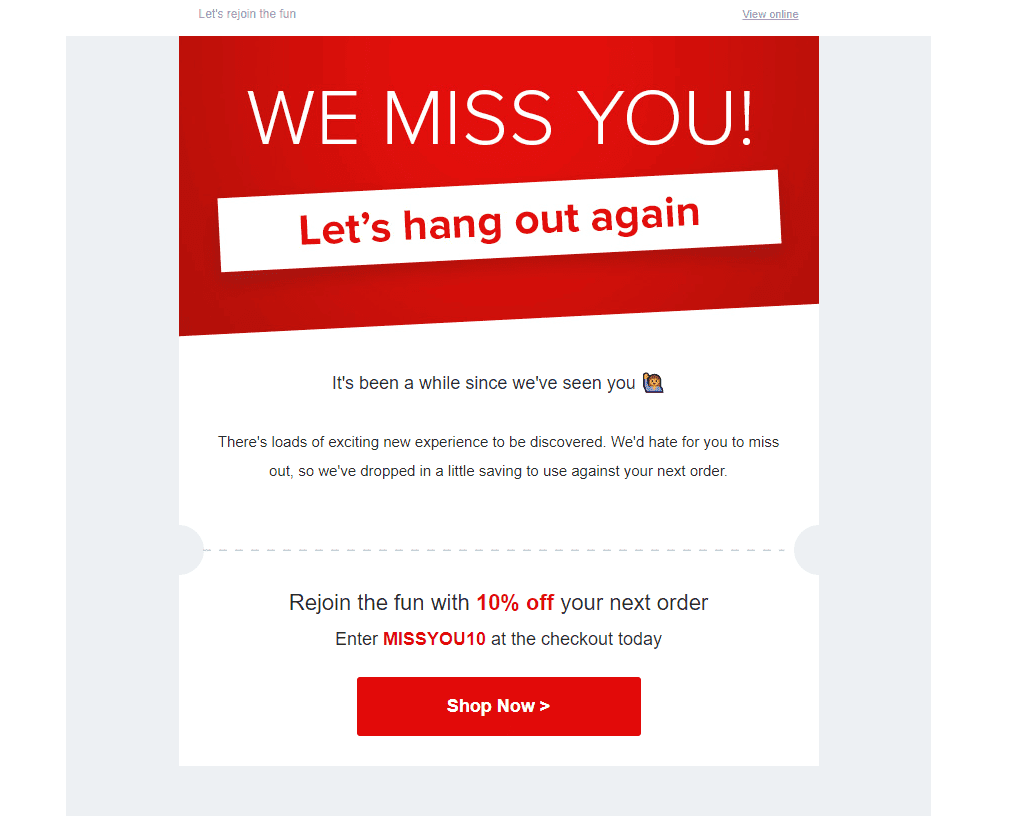
Static and basic personalization means using customer names, their general locations, and existing purchase history to customize simply (think of localized offers). It’s a great band-aid when building up your open rates and engagement but not the full cigar.
Behavioral Personalization (Rule-Based)
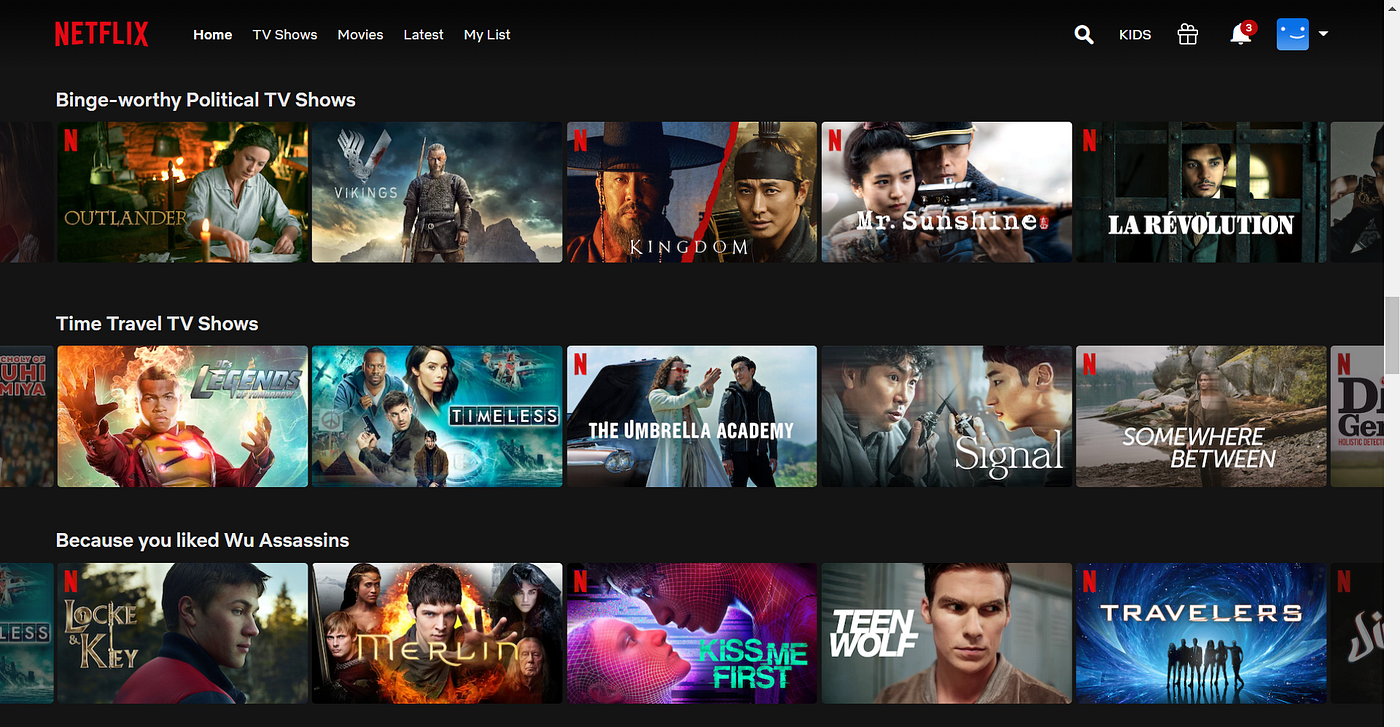
Rule-based personalization takes into account historical data to formulate experiences that are built on user actions and rules that are pre-defined. Netflix does a great job using viewer history to generate its recommendations.
Segment-Based Personalization (Demographic-Based)
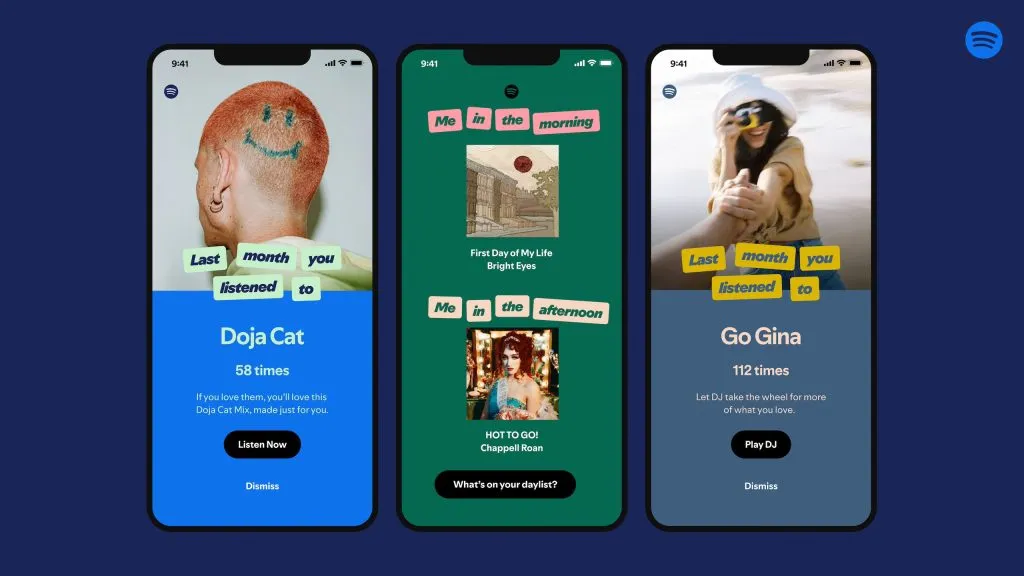
Group and collect your customers into segments built on their demographics and proven preferences. This customization is great for broader groups but might come off as generic (think Spotify making a playlist for its “Gen Z” listeners” based on what a certain age bracket listens to).
Real-Time Personalization (AI-Driven Dynamic CX)
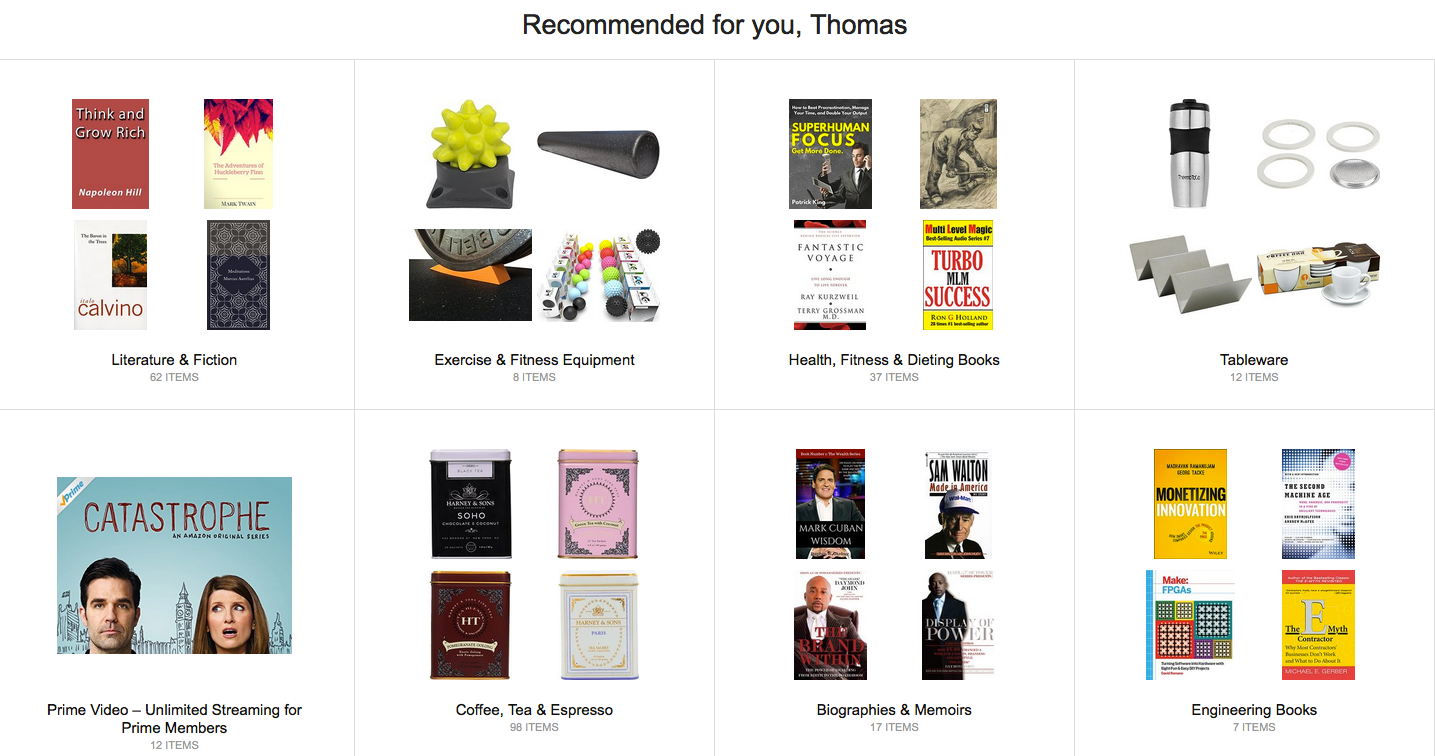
This type of personalization will leverage artificial intelligence to adapt lightning fast to accommodate your user’s behavior in real-time. Think of the way Amazon will arrange things on the homepage based on recent browsing history and clicking habits. This is a great way to drive up conversions and seem relevant faster.
Predictive Personalization (ML-Based Forecasting)
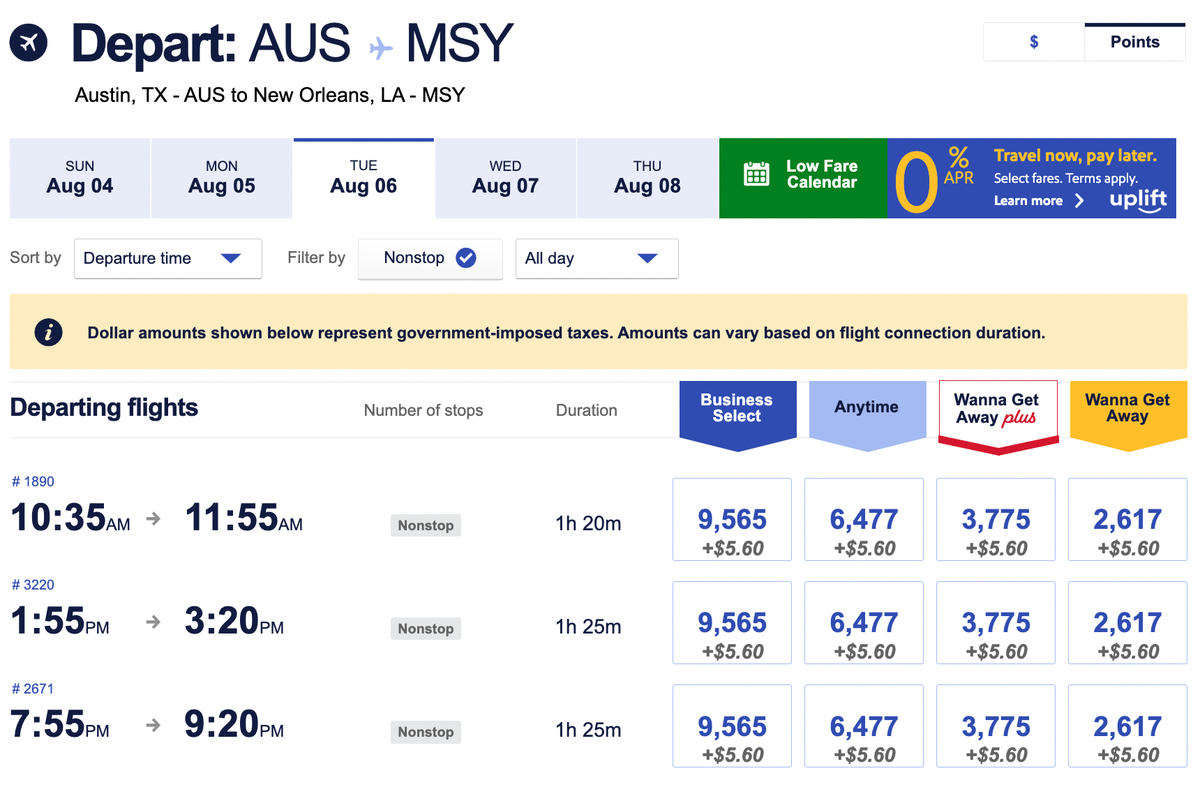
Machine learning is another tool in the arsenal where you can personalize based on its ability to anticipate future behavior or needs. Airlines employ it today to offer flight upgrades to likely customers and predicting how much each customer is willing to pay per flight. It's a boon for revenue thanks to its targeted offers that combat churn or cart abandonment at the moment.
Hyper-Personalization (1:1 AI-Powered CX)
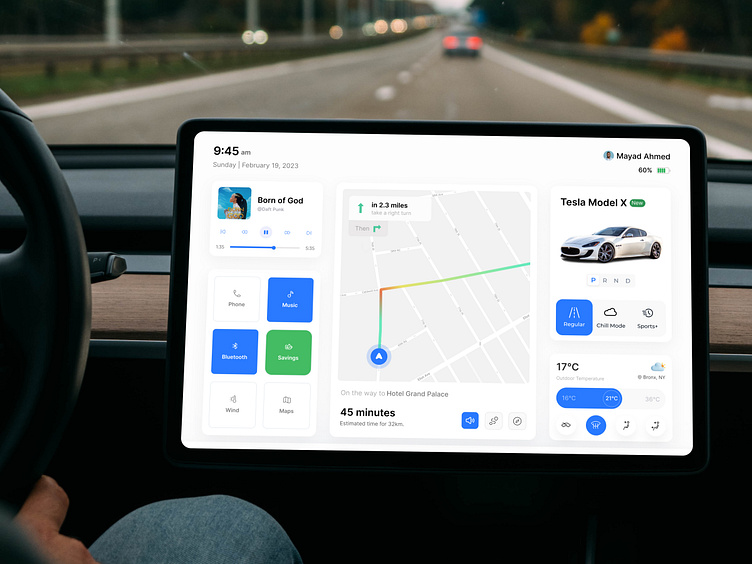
Deliver experiences that feel tailored to each individual customer using advanced AI techniques. This works to maximize your loyalty, driving up customer lifetime value, and ensuring you come off as unique in your competitive market. Tesla’s AI in-car systems are a great example as they work towards driver habits and what they exhibit preference-wise in routing and temperature.
The ROI of Personalized Customer Experience
Personalization brings about tangible returns through different elements of your business strategy ultimately justifying technology investments and strategic focus. Personalization has been shown to cut down customer acquisition costs by up to 50 percent, while lifting revenues by 5 to 15 percent, and causing a real jump in efficiency of marketing spending by 10 to 30 percent.[*]
80% of the surveyed organizations report much higher consumer spending in the range of about 38% more when their experiences are personalized.[*] Customer-focused companies say that their profits are 60% more than those that choose to ignore the power of CX, demonstrating crystal-clear competitive advantages for companies prioritizing personalization strategies.[*]
Personalized experiences encourage customers to switch over to you even beyond simple convenience because these customers feel understood and valued in ways by you. So much so that, competitors cannot easily replicate that process if you invest today.
Enterprise-Grade Strategies for Personalizing CX
The best way to try personalization for yourself is doing that. However, that process means you also understand the process requires system-wide approaches integrating data, technology, and customer insights across all touchpoints. We have a few strategies below to account for:
Data Collection and AI-Powered Insights
Enterprise-level personalization means following up and committing to comprehensive data collection. To do so you'll need to collect customer preferences, direct interactions, and behavioral heuristics as well as comprehensive analytics. 37% of brands say they exclusively use first-party data like direct interactions to sew together customer experiences.[*] This strategy is the best of both worlds in that it takes steps to ensure both data quality and compliance.
AI and the way it works to automate your CX will power the way analytics transform your raw data into actionable insights. You can use these to better triage customer needs and optimize experiences within moments without missing a second and losing attention. Be sure to employ data strategies all about quality over quantity, focusing on collecting user information that works to actually improve customer experiences rather than just forecast superficial trends.
Journey Mapping & Customer Orchestration
Personalization that truly sets you apart requires understanding complete customer journeys which means dissection of touchpoints and your most visited channels. Enterprise-level orchestration platforms work to ensure you have consistent but context-rich experiences that meet your customers wherever and whenever they choose to interact with you. Whether that is through your websites, your mobile-ready apps or through your customer service agents/chatbots.
Sophisticated orchestration workflows are those that leverage real-time data to fine-tine experiences in a pinch. These systems will register when customer context changes to make sure that personalization remains relevant because customer needs are flippant and change on a whim.
AI-Driven Predictive Personalization
Machine learning (ML) algorithms will process and take into account vast amounts of customer data in its quest to identify patterns and foresee your customers' future actions with accuracy that grows. A well-calibrated ML system can "see" when customers are primed to purchase from you, likely to leave you and commit churn, or are interested in a specific array of your products.
Proactive and predictive personalization is not intrusive but rather helpful, the last thing you want to do is "spook" off a customer by showing you know way too much about them. The most sophisticated and ethical predictive systems continuously grow and learn when they are fed on customer responses, improving accuracy in intervals.
Dynamic Pricing & Offer Personalization
The best enterprise players know when to throw in personalization to tweak pricing and promotional strategies on an understanding or "compact" of sorts regarding individual customer behavior and their willingness to pay. Airlines will work to play with prices based on existing booking patterns, while e-commerce players offer targeted and personal discounts that work to raise both conversion rates and profit margins.
This approach requires careful balance between revenue optimization and customer fairness perceptions. The most successful implementations feel like exclusive benefits rather than discriminatory pricing.
The Privacy-Personalization Dilemma
With great power comes great responsibilities, even the biggest enterprises must strike that fair balance between personalization benefits with valid customer privacy concerns. This doesn't even account for those stringent regulatory requirements. By this coming decade, it is projected that 75% of the global population will have all their personal data covered under privacy regulations.[*] This makes it a top essential for enterprise personalization strategies to really know and comply with regulations.
94.1% of businesses agree that with effort they can achieve a balance between data aggregation that works for marketing while being sure to actually accommodate and transparently respect customer privacy.[*] Companies like Apple and Google strive and thrive because they demonstrate privacy-friendly personalization. All the while, they're forging stronger customer relationships because they openly acknowledge boundaries while delivering value.
Successful enterprises implement transparent data practices, offer clean opt-in processes, and show customer control mechanisms that build trust while enabling effective personalization. This approach transforms privacy from a constraint into a competitive advantage.
The Toughest Challenges in Scaling CX Personalization
Scaling your CX personalization means potentially facing truly tangible operational and technical issues which you can alleviate using these strategic solutions and sustained investment.
Data Silos and Integration Complexity
Data silos are a huge thorn in your side as they can prevent your organization from achieving true unity. They are a roadblock to effective personalization because relevant information pertaining customers is scattershot and lost within different departments and systems. Breaking down these data silos requires a mix of technical solutions and working towards management within your organization that's all about sharing the wealth of data.
You can employ tech like customer data platforms (CDPs) which work to consolidate information from a sea of sources, but working this into your arsenal requires careful planning lest you want data breaches or a lack of consistency.
Legacy Technology Infrastructure
Legacy systems might not make the cut as you grow. You have to account for the fact that they often lack the flexibility or even the processing power required for instant and real-time personalization at a scale that accommodates an enterprise-level operation. Upgrading can often mean significant investment, though it is also understood that companies that delay modernization find themselves risking irrelevance and eventual extinction.
Your best bet is to find ways to combine legacy systems with flexible but modern personalization platforms. That way, you can form a hybrid architecture that keeps the old hat in the game while ensuring you can eventually outgrow these solutions gracefully.
Measuring ROI and Proving Business Impact
We understand that it can be a struggle for enterprises to properly illustrate the relationship between personalization (and its many investments) and revenue growth. So it's imperative to measure the success of your attempts which ultimately requires making sure to establish clear baselines and realistic expectations before even trying out personalization.
Ultimately, all these critical CX KPIs need to come together to track customer behavior changes against your future business outcomes over a linear time period. An advanced set of analytics can pick out from crowded data sets the specific impact of personalization by providing clear and irrefutable evidence of return on investment and guiding strategic decisions about future enhancements.
Industry Leaders in Personalized CX (Real-World Case Studies)
There are already leaders in the personalized CX space across industries who show who's who in how strategic personalization drives customer loyalty and business growth.
Hospitality: Marriott Bonvoy’s AI-Powered App
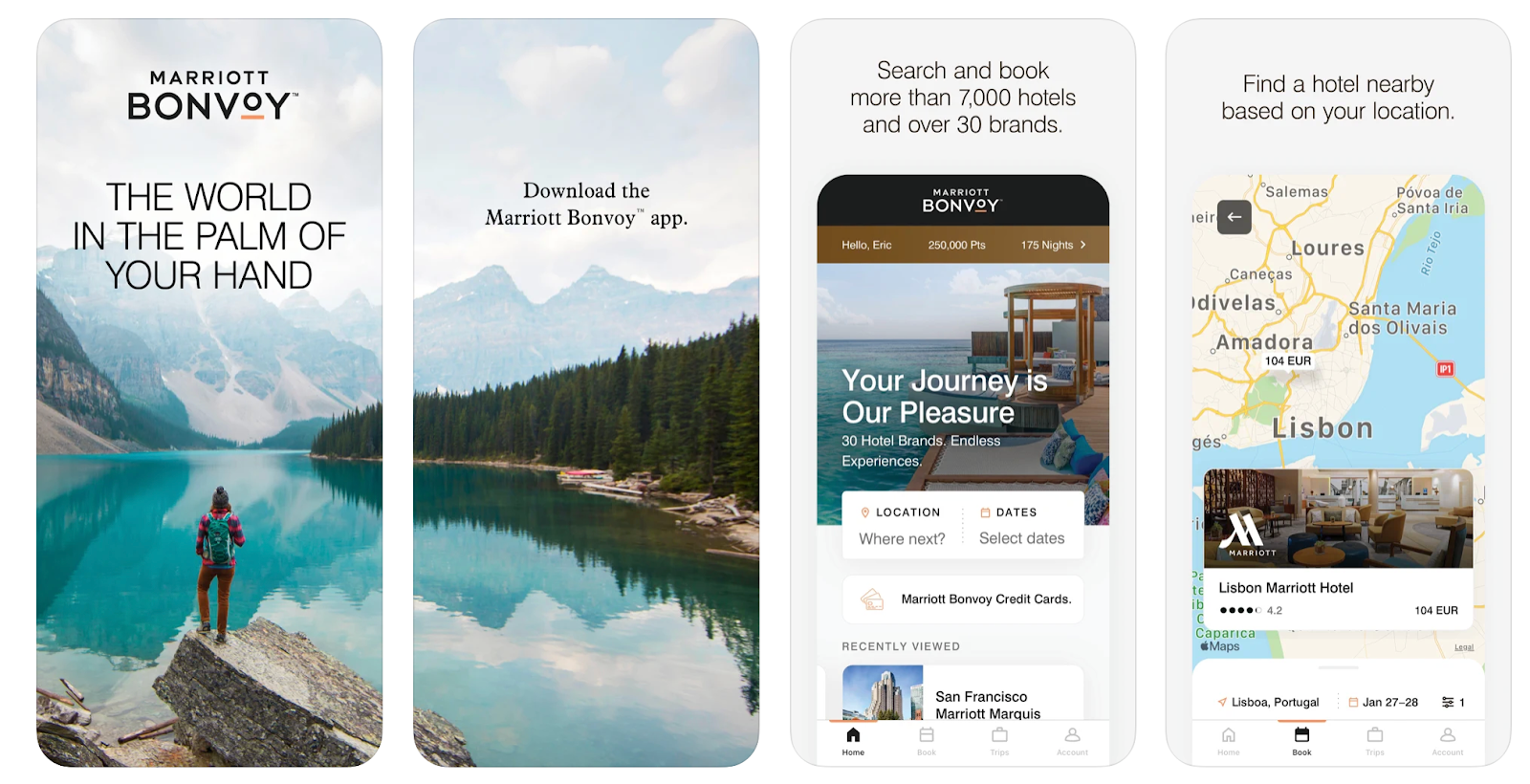
Marriott Bonvoy uses AI to personalize guest experiences from booking through checkout, remembering preferences across all properties and automatically applying them to future stays. Their system integrates data from multiple touchpoints to create complete guest profiles.
Retail: Sephora Beauty Insider Programs
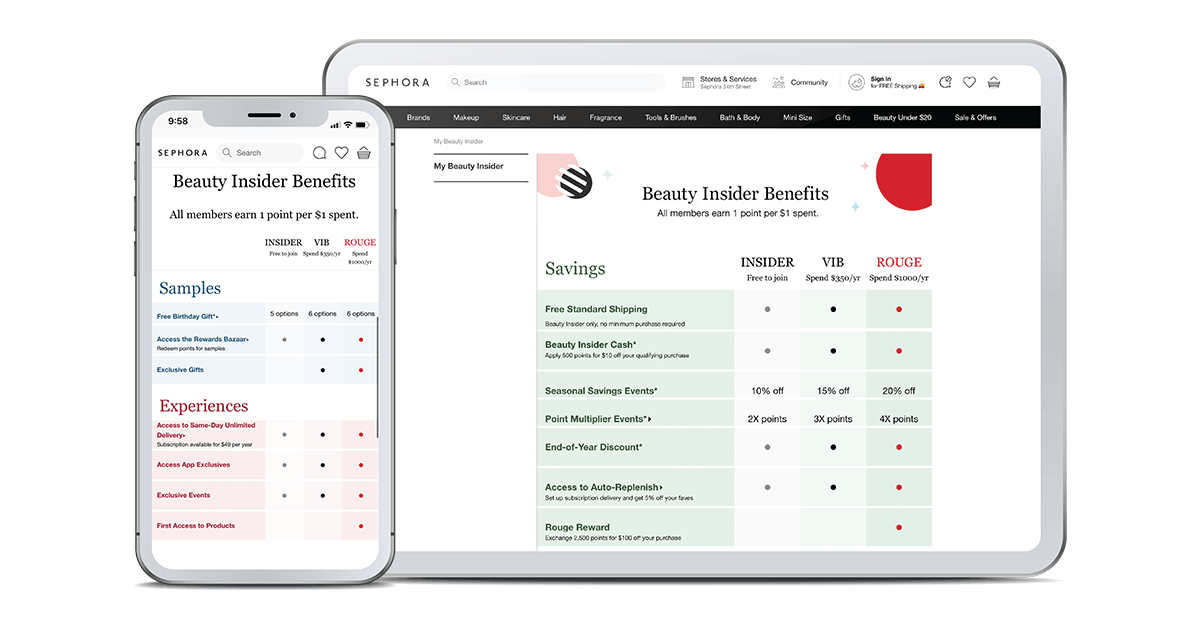
Sephora creates hyper-personalized beauty recommendations through virtual try-on technology and beauty profile matching. Their now-iconic Beauty Insider program works its magic by taking transactional data and infusing that with individual preferences to beautify and formulate its own personalized experiences across digital and physical interaction spots.
Entertainment: Spotify’s “Wrapped” and Playlists
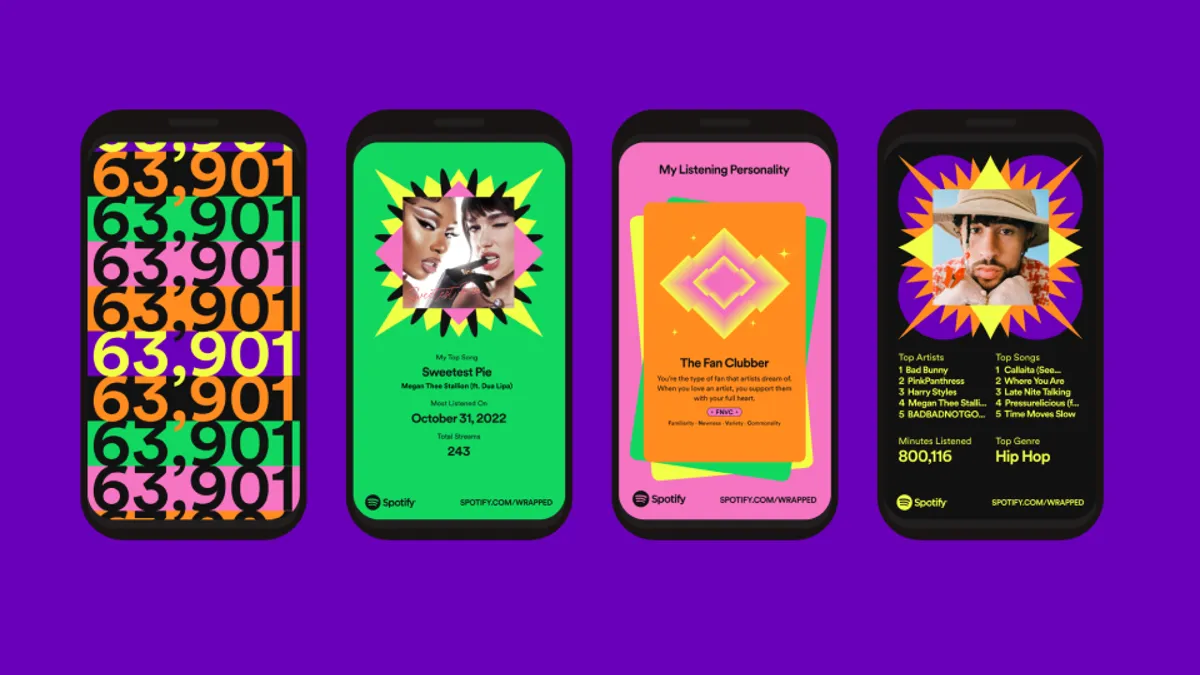
Spotify proves its world-class status when it comes to content personalization through smart and calibrated algorithms which formulate and create personalized playlists like "Discover Weekly." Their annual "Wrapped" campaign transforms personal data into shareable content that drives viral engagement.
Travel: Delta Airlines’ Real Time Itinerary
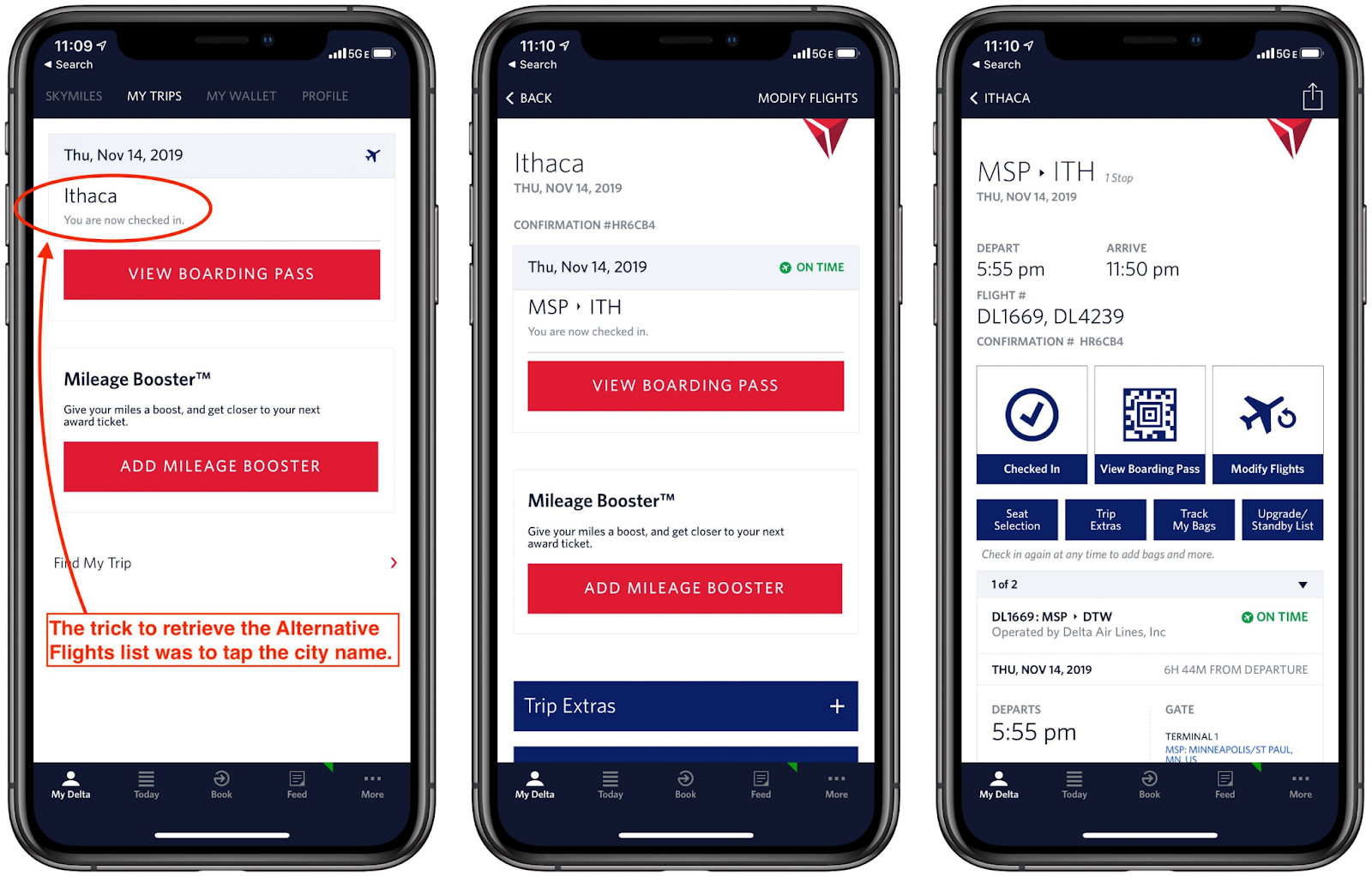
Delta Airlines, remains one of the leading airlines, because of its flexibility and knowledge in the CX personalization space. Its apps will generate real-time itinerary adjustments and personalized offers based on flight history and loyalty status. Their mobile app delivers personalized notifications about gate changes and delays while suggesting relevant upgrades and services.
Emerging Technologies Powering Personalized CX
Technology is advancing in ways that allow for platforms driving your enterprise-scale personalization processes. These tech marvels will harvest and peek through massive data volumes so you can deliver real-time customer experiences.
Customer Data Platforms (CDPs) and behavioral analysis tools are the secret sauce behind your unified customer breakdowns which work to end the tyranny of data silos while enabling your personalization strategies. These platforms use machine learning to identify patterns that inform both strategic decisions and tactical personalization efforts.
The big three players in your portfolio are more than buzzwords: AI, machine learning, and natural language processing are the powers behind predictive personalization. Ensure your success by using real-time decision engines to deliver instant personalization on an omnichannel basis. Today's systems are more than capable when it comes to processing a sea of data streams seamlessly and unilaterally to make personalization decisions in no time.
The Future of Personalized CX: What’s Next?
Emerging technologies will transform personalized customer experiences through immersive environments and invisible interfaces. AI will eventually be able to generate personalized metaverse customer journeys to create virtual worlds specifically made to account for individual preferences.
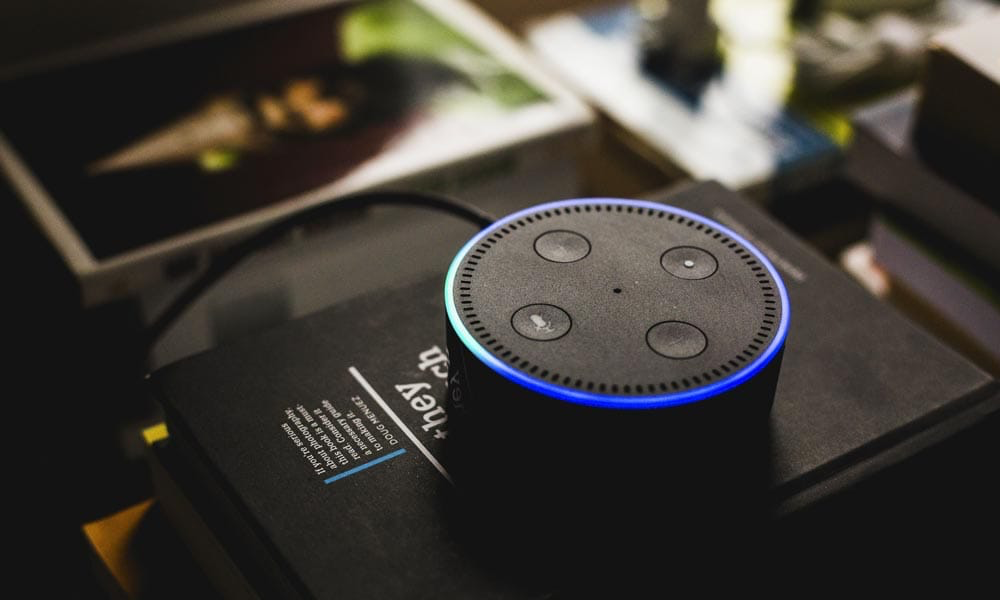
Another future possibility is zero-UI personalization via voice and gesture recognition making technology interfaces nearly invisible and the experience so life-like, it feels less like marketing and more like "just" living.
Quantum computing's processing capabilities will enable hyper-personalization at unprecedented scales, analyzing complex customer data patterns that current systems cannot handle. This computational power will create more accurate personalization while reducing costs. Tomorrow’s horizons are today’s wish list items, be on the lookout for what’s to come.
FAQs
Start with zero-party data (stated preferences), first-party data (direct interactions), and basic behavioral analytics. Expand gradually to browsing patterns and engagement metrics as capabilities mature.
Use transparent data practices, clear opt-in processes, and customer control mechanisms. Focus on value exchange where customers receive genuine benefits for sharing information.
Retail, entertainment, travel, and financial services see the highest returns. Any industry with frequent customer interactions and diverse offerings can benefit significantly.
Track customer lifetime value, retention rates, and revenue per customer. Compare personalized versus non-personalized customer segments to quantify impact accurately.